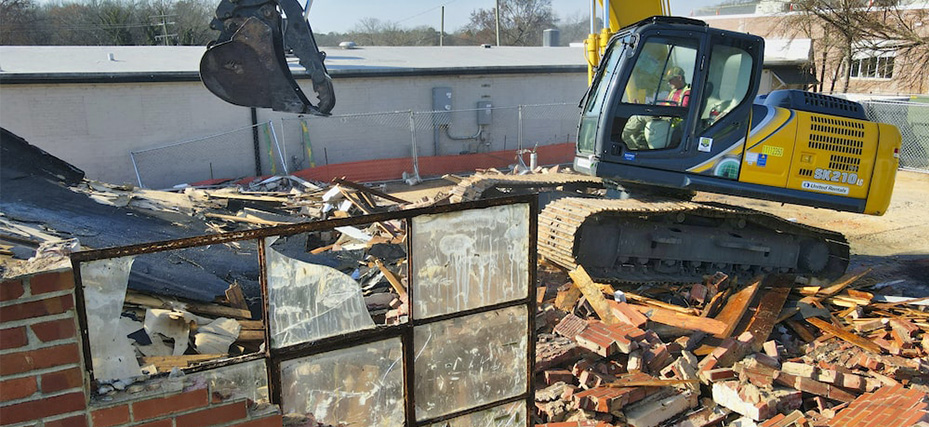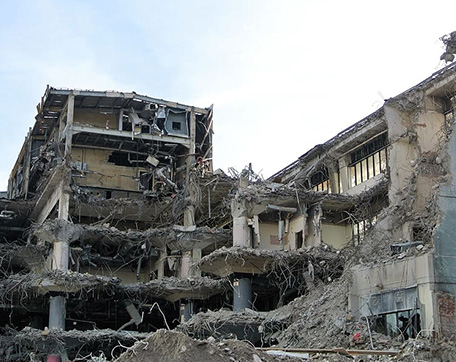
Demolition: Shaping the Future by Breaking Down the Past
The Purpose of Demolition
Demolition is the deliberate dismantling or destruction of a building, structure, or infrastructure to make room for new construction, redevelopment, or repurposing of the land. It is a vital step in the life cycle of buildings and infrastructure, allowing for necessary upgrades, improvements, or the creation of space for new projects.
Methods of Demolition


There are several methods employed in the demolition process, each chosen based on the specific project's requirements and the condition of the structure being demolished. Some of the most common methods include:
- 1) Implosion: This dramatic method involves strategically placing explosives within a building to create a controlled collapse. Implosion is typically used in densely populated urban areas where space is limited and the structure's footprint needs to be minimized.
- 2) Wrecking Ball: The iconic wrecking ball method involves swinging a heavy steel ball into a building to break it down. While not as precise as other methods, it is still used for smaller structures or when other techniques are impractical.
- 3) Selective Demolition: In cases where only a portion of a structure needs to be removed, selective demolition is employed. This method carefully dismantles specific parts of the building while leaving the rest intact.
- 4) High-Reach Excavators: These specialized excavators have long arms equipped with attachments such as shears or hammers to systematically demolish a building from top to bottom. They are especially useful in urban environments where precision is essential.
Environmental Considerations
Demolition, while necessary, can have significant environmental impacts. Dust, debris, and pollutants released during the process can harm air and water quality. However, modern demolition practices prioritize sustainability and environmental responsibility. Demolition contractors often adhere to strict regulations and employ eco-friendly techniques such as dust suppression, recycling of materials, and responsible waste disposal to minimize their ecological footprint.
Demolition is a multifaceted process that goes beyond mere destruction. It is a critical step in the evolution of our communities, allowing for growth, development, and progress. When executed with precision, safety, and environmental responsibility, demolition becomes a powerful tool for urban planning, sustainability, and the preservation of our heritage. In the dynamic world of construction and development, demolition is the force that paves the way for a brighter future.







